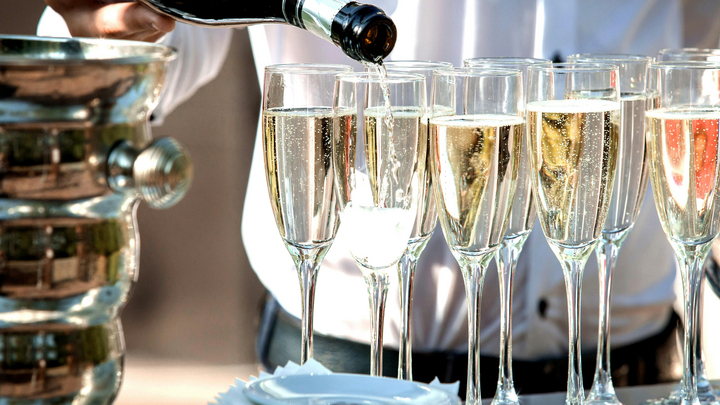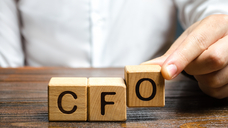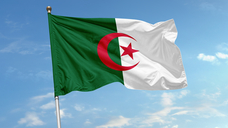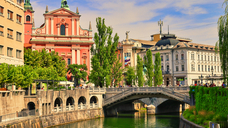The German sparkling wine market is undergoing a paradoxical transformation: declining consumption on the one hand, rising revenue on the other. According to the latest data, domestic sales of sparkling wine (which includes Sekt, Champagne and Prosecco) dropped by 4.4% in 2024 to just 2.55 million hectolitres. This continues a multi-year downward trend in volume and is echoed in the per capita figures, which fell to a historic low of 3.1 litres per person in 2024.
Despite its long-standing cultural presence, sparkling wine today accounts for only around 7% of consumer spending on alcoholic beverages in Germany—far behind wine, beer and spirits.
The decline in consumption has not stopped the industry from achieving remarkable sales figures. In 2024, the sparkling wine industry in Germany reached a record turnover of €1.81 billion, marking a 4.6% increase from the previous year (€1.73 billion). Interestingly, this growth comes despite a shrinking number of producers, which dropped to just 960 companies nationwide in 2024.
Among the top players is Rotkäppchen-Mumm, which holds about 50% of the domestic sparkling wine market. Another heavyweight is Henkell Freixenet, a fusion of Germany's Henkell and Spain’s Freixenet in 2018. This partnership has propelled the company’s global revenue to nearly €1.5 billion in 2024.
Germany is heavily reliant on imports to meet domestic demand for sparkling wine. In 2024, imports reached 56,800 tonnes, almost twice the 30,500 tonnes exported. France remains the leading supplier by far, with a 2024 import value of €787 million, making up the bulk of Germany’s sparkling wine imports. Italy and Spain follow in second and third place respectively.
Despite falling volumes, the sparkling wine segment continues to play a significant role in the German beverage landscape. While fewer companies are operating and per capita consumption is declining, the industry is achieving higher revenues year after year. Whether through premiumisation, branding, or international partnerships, sparkling wine appears to be shifting toward value over volume.
Source: Statista




